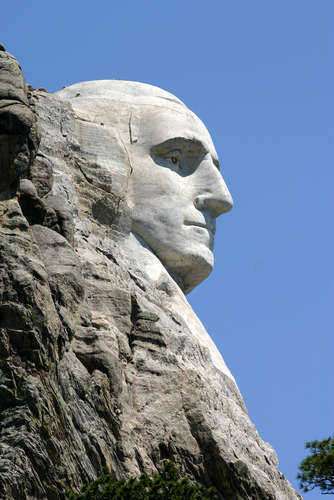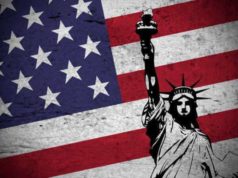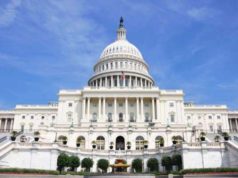
The history of the United States of America spans over 400 years, starting with the arrival of the first European settlers in the early 17th century. The story of the United States is an incredibly diverse one, full of notable figures, momentous events, and groundbreaking innovations. Here is a brief overview of American history.
Colonial Period (1607-1776):
In 1607, the first English colony, Jamestown, was established in Virginia. The Pilgrims arrived in 1620 and founded Plymouth Colony in Massachusetts. The 13 colonies that were established over the following centuries had a significant economic and social impact on Europe, as well as influencing the events that would lead to the American Revolution.
American Revolution (1776-1783):
In 1776, the 13 colonies declared independence from Great Britain, forming the United States of America. The war for independence lasted until 1783, when the Treaty of Paris was signed, giving the United States its sovereignty.
Early Republic (1783-1861):
The founding of the United States was a time of great growth and innovation. The Declaration of Independence and the Constitution were written, and George Washington was elected the first President of the United States. During the early republic, the nation expanded westward, settling new territories and eventually becoming a global superpower.
Civil War (1861-1865):
The issue of slavery deeply divided the country, and the Civil War was fought between the Confederate States of America and the Union, or Northern States. The Union emerged victorious, and nearly 4 million slaves were emancipated.
Industrialization and World War I (1865-1919):
The post-Civil War period was marked by rapid industrialization and major technological innovations such as the telephone and the automobile. The United States entered World War I in 1917, playing a significant role in ending the war in 1918.
Roaring Twenties (1920-1929):
The 1920s were known as the Roaring Twenties, a time of prosperity and excess. The economy boomed, and cultural shifts such as jazz music and women’s suffrage occurred during this time period.
Great Depression and World War II (1929-1945):
The stock market crash of 1929 led to the Great Depression, one of the most significant economic downturns in history. The United States entered World War II in 1941, and the country played a critical role in ending the war in 1945.
Post-War Era (1945-1960s):
The post-war era saw significant societal changes, including the civil rights movement and increasing involvement in the international community. The Cold War between the United States and the Soviet Union also emerged as a critical issue during this period.
Civil Rights Movement and Modern Era (1960s-present):
The 1960s and 1970s were marked by social unrest and significant cultural shifts, including the fight for civil rights and the feminist movement. The 21st century has seen significant globalization and technological developments, with advancements in communications, healthcare, and space exploration.
In conclusion, American history is rich and diverse, shaped by the heroic and innovative actions of individuals and groups. It is a story of progress, struggle, and overcoming adversity that has culminated in the modern superpower and beacon of hope that the United States is known as today.
Throughout American history, there have been a number of changes that have occurred to the legal system and installations of power in order to help create an equal and well-regulated governing body. Legal History
America has a rich legal history background; one that has moved from a failing unicameral system of governance to a flourishing bicameral system. The change from one system to another was a necessity seen by members of Government when they realized that they had no actual power over the way in which the states ruled themselves.
James Madison suggested a bicameral system in order to bring more power to the Government and to help unify the states in the Union. Congress of the Confederation
The Congress of the Confederation was the first governing body of the United States. This body was a unicameral government, in which there was little power given to the actual Government. All implementations that the Congress wanted could easily be ignored by the states, which were still considered sovereign entities by the standards of America. Unitary System
The unitary system is a system in which a governing body has control over a certain area and is restricted from having power over other bodies. In the United States, we have a bicameral system in which there are two bodies that work together as one governing group. However, they have limited power against other executive and judicial areas, making the United States one of the most unique unitary-based bicameral systems. Vesting Power
Vesting power is a power that was written into the Constitution which gives specific powers to each branch of government in the United States. Vesting powers are important because they allow for the controlled government while ensuring that each branch is regulated against another in regards to exercising their powers. Enumerated Powers
Enumerated powers are a series of specific powers that have been given to Congress. These powers tend to all have to do with establishing various functions in the United States or helping to maintain specific groups and organizations, like that of the military.





















